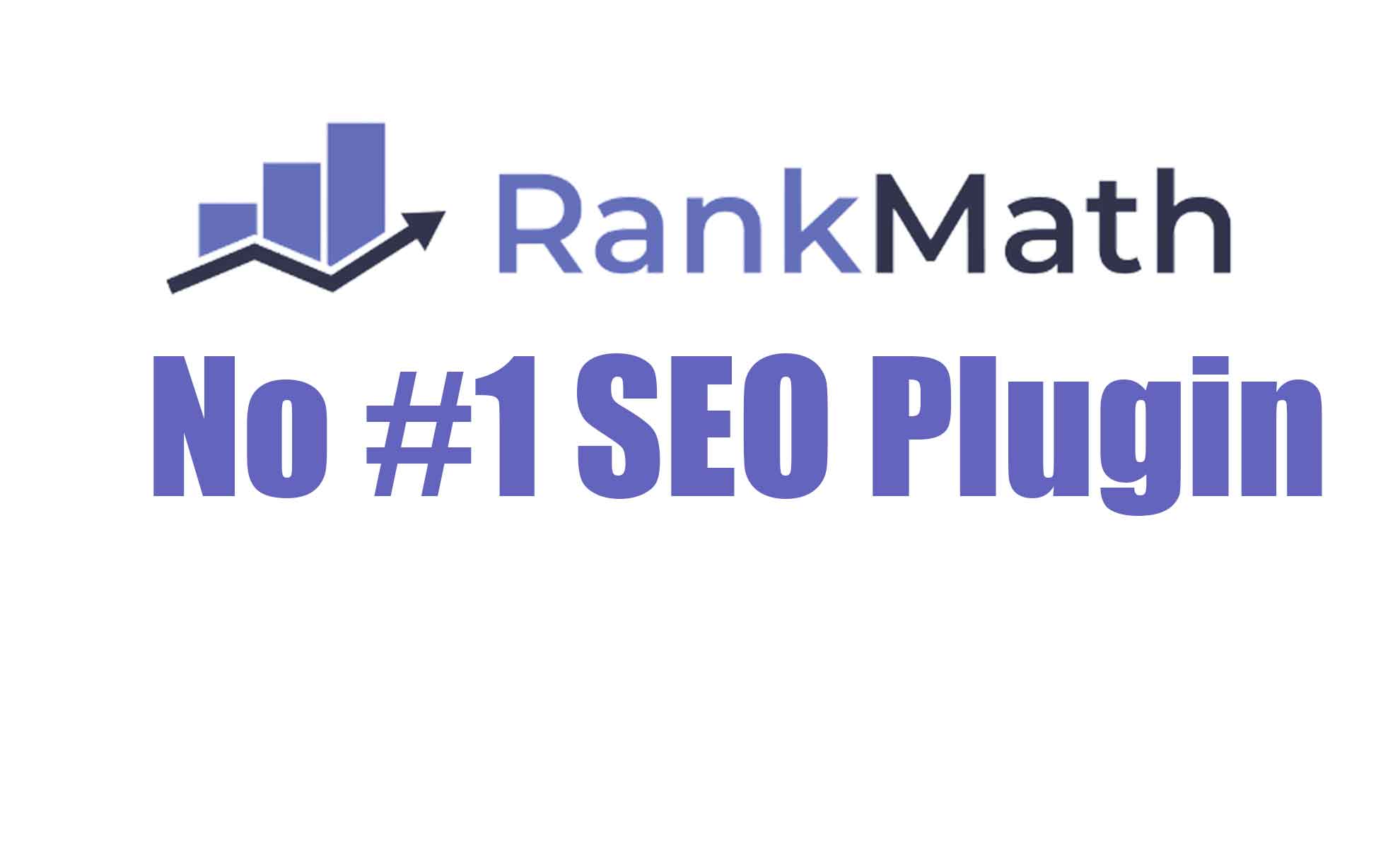
What are the most important Google Ranking Factors?
What are the most important Google Ranking Factors?

Howdy, Stranger!
It looks like you're new here. If you want to get involved, click one of these buttons!
Quick Links
Categories
- 7.2K All Categories
- 98 Announcements
- 1.5K General Talks
- 1K Shared Hosting Offers
- 251 Reseller Hosting Offers
- 2.6K VPS Hosting Offers
- 240 Cloud Hosting Offers
- 1.1K Dedicated Server Offers
- 13 Hybrid Server Offers
- 3 Colocation Offers
- 40 Domain Name Offers
- 4 Hosted Email Offers
- 79 Search Engine Optimization
- 275 Other Hosting Offers
- 45 Tutorials
- 54 Black Friday and Cyber Monday and Celebration Offers
In this Discussion







Answers
Content
Content that covers a topic in-depth
Organic click-through rates
Keywords in H1
The content's length
Website domain authority
Total number of backlinks from relevant sources
Here are some of the most important ranking factors for different areas:
Search Engine Optimization (SEO):
Content Quality and Relevance: High-quality, informative, and relevant content that answers users' queries is crucial. It should be well-structured and provide value to readers.
Keywords: Properly incorporating relevant keywords in your content, meta tags, and headings helps search engines understand the topic of your content.
Backlinks: High-quality and authoritative backlinks from other reputable websites indicate the credibility and relevance of your content.
Page Loading Speed: Faster-loading pages provide a better user experience, which is favored by search engines.
Mobile-Friendliness: With the increasing use of mobile devices, having a responsive and mobile-friendly website is essential.
User Experience (UX): A well-designed, easy-to-navigate website with low bounce rates and high user engagement signals quality to search engines.
Technical SEO: This includes factors like proper URL structure, optimized images, secure HTTPS, XML sitemaps, and structured data markup.
Page Titles and Meta Descriptions: Crafting compelling and relevant titles and meta descriptions can improve click-through rates from search results.
Content Freshness: Regularly updating and adding new content to your website can signal to search engines that your site is relevant and up-to-date.
Social Signals: While debated, social media engagement and shares might indirectly influence SEO by driving traffic and increasing visibility.
Website Ranking:
Traffic and Engagement
Authority and Backlinks
User Experience
Security
Mobile Compatibility
Content Quality
Technical Performance
Content Visibility:
Relevance
Engagement
Influencer Collaboration
On-page ranking factors:
Keyword density
One of the on-page factors that can influence a website's ranking is the density of keywords on the page. Keyword density is the percentage of appearance of a certain keyword on a page compared to the total number of words on the page.
Title tags
Another on-page factor that can influence a website's ranking is the use of title tags. Title tags are the HTML tags that are used to identify the title of a web page. They are one of the most important on-page factors for SEO.
Meta tags
Meta tags are another type of HTML tag. These tags can be used to provide information about a web page. Unlike title tags, meta tags are not typically visible to website visitors. However, they are still important for SEO.
Header tags
Header tags are another type of HTML tag that can be used to provide structure to a web page. They are typically used to indicate the heading of a section of content. Header tags are important for both usability and SEO.
Technical SEO: This includes factors like proper URL structure, optimized images, secure HTTPS, XML sitemaps, and structured data markup.
Off-page ranking factors:
Inbound links
Inbound links are those links that leads to your website from other websites. They are important for SEO because they show that your website is popular and relevant.
Social media signals
Social media signals are signals from social media platforms that indicate the popularity of your website. They can include things like the number of likes, shares, and comments on your website's social media posts.
Brand mentions
Brand mentions are mentions of your website by other websites, social media platforms, and offline sources. They are important for SEO because they show that your website is popular and relevant.
Technical ranking factors:
Site speed
Site speed is the speed at which a web page loads. It is important for both usability and SEO.
SSL certificates
SSL certificates are used to encrypt information that is transmitted between a website and a visitor's web browser. They are important for both security and SEO.
Mobile-friendliness
Mobile-friendliness is the ability of a website to be used on mobile devices. It is important for both usability and SEO.
User-interaction ranking factors:
Click-through rate
Click-through rate is termed as the percentage of users who click on a link to a website. It is an important ranking factor for SEO.
Bounce rate
Bounce rate is the percentage of users who leave a website after viewing only one page.
Google My Business (GMB) Optimization
Proximity to User
Relevance
Prominence
Review Quantity and Quality
NAP Citations and Consistency
Website Quality and Mobile-Friendliness
Click-Through Rate (CTR)
Google Posts
Behavioral Signals
Social Signals
Local Link Building
Proper Categorization
Content
Business listing
Images sharing
Video sharing
Images sharing
Classified submission
Yahoo answering
Info-graphics submission
Directory submission
High-quality Content
Backlinks
Search Intent and Content Relevancy
Website Loading Speed
Mobile Friendliness
Domain Authority
Keyword Optimization
Website Structure